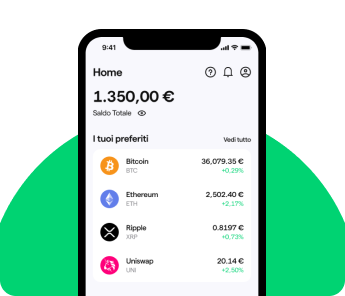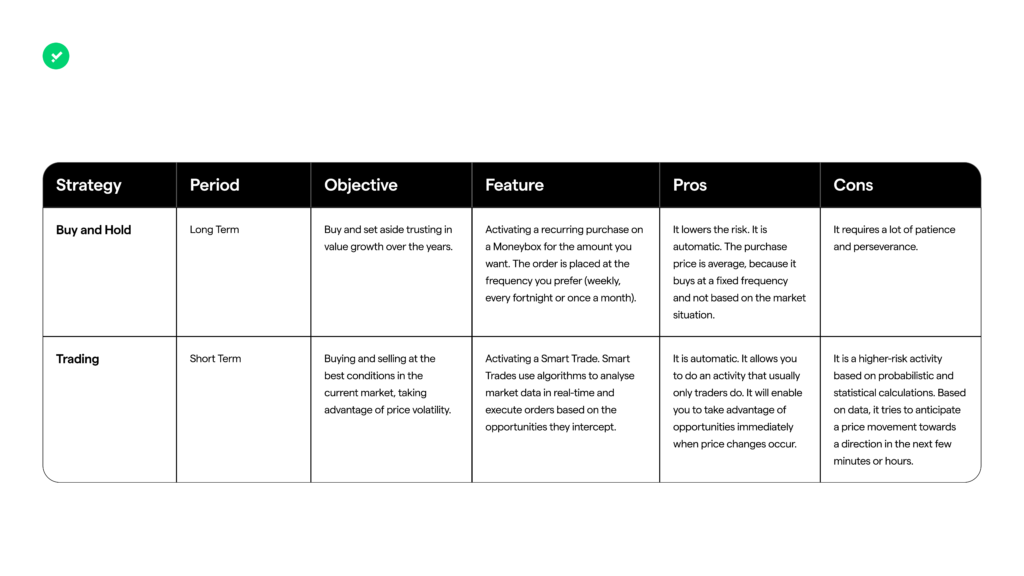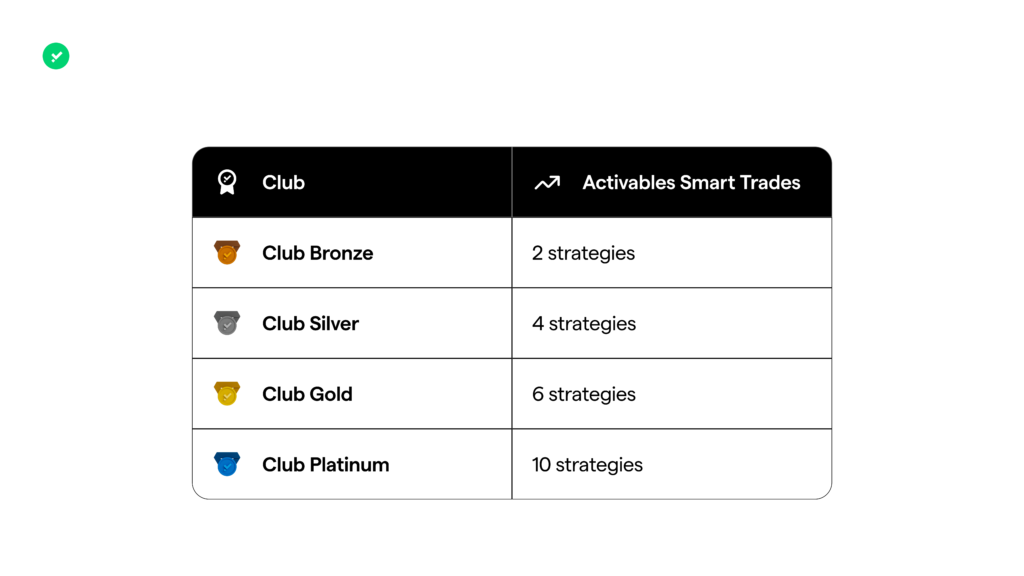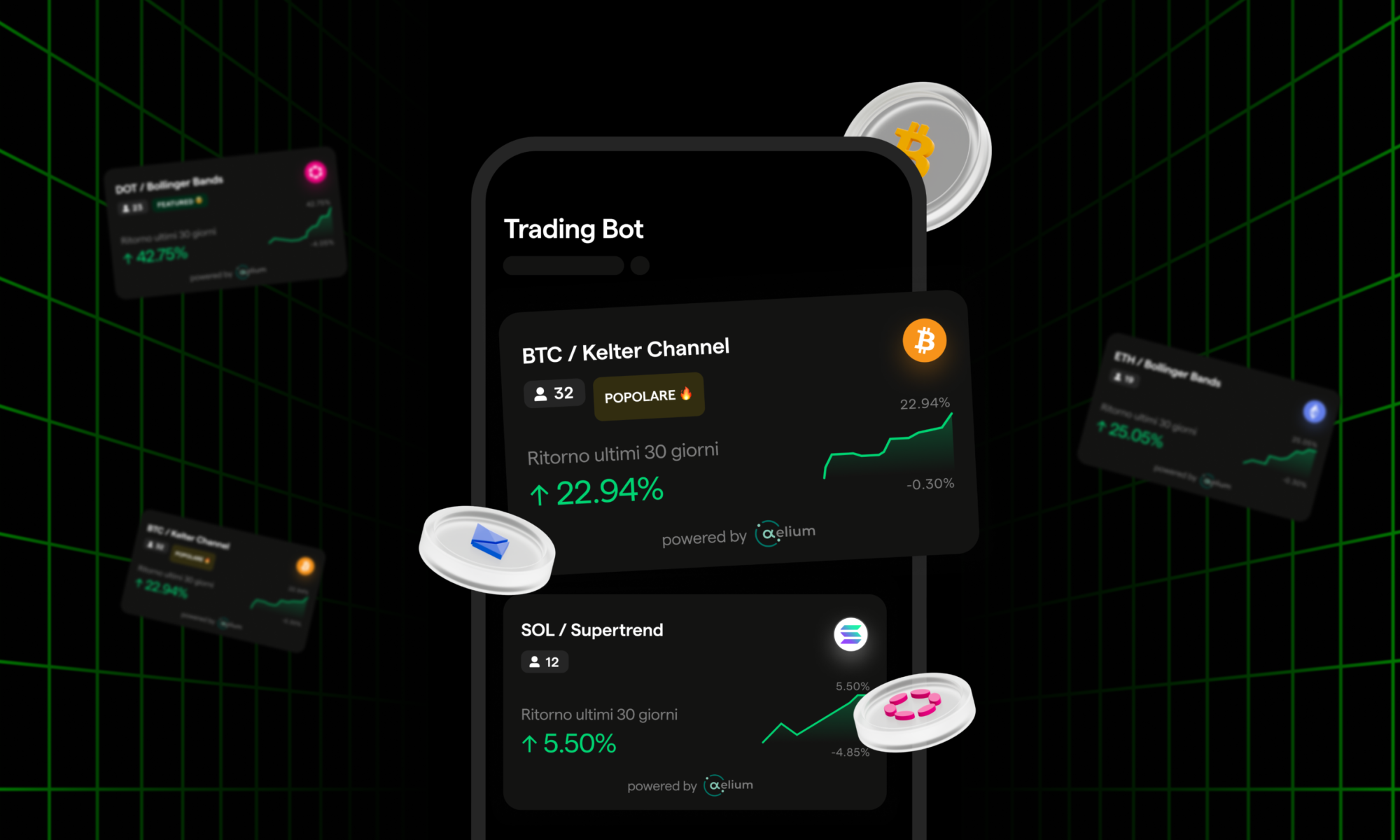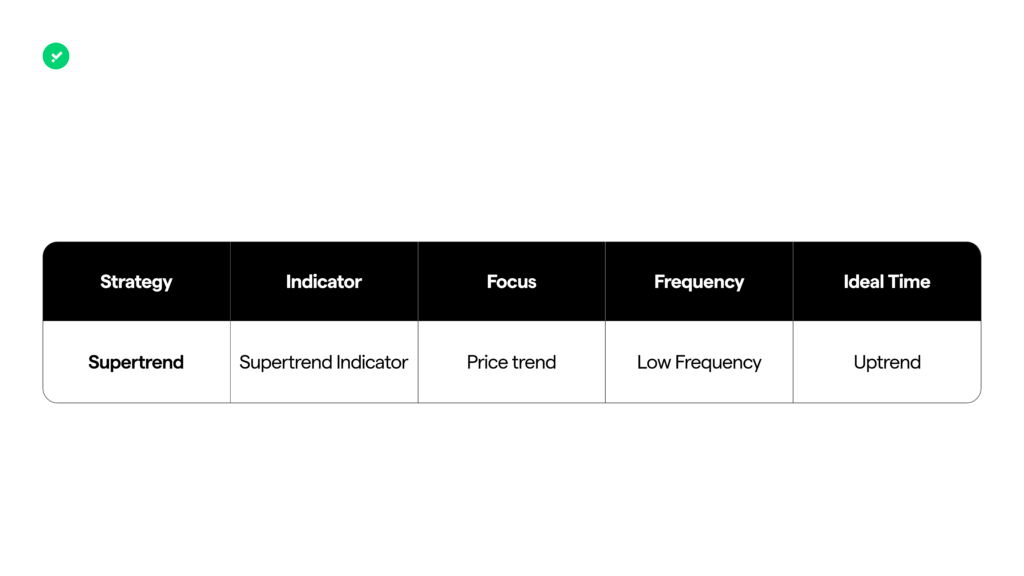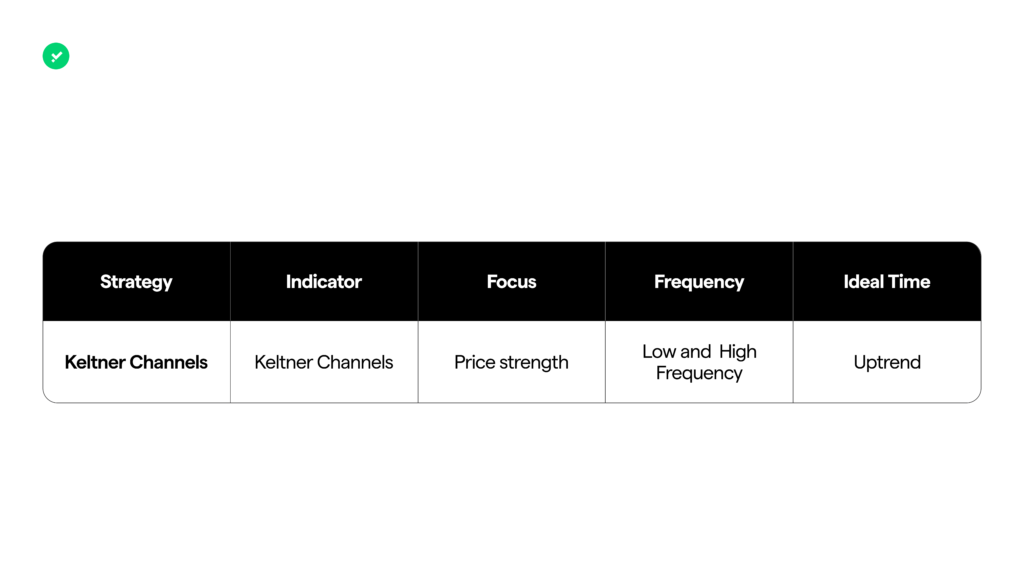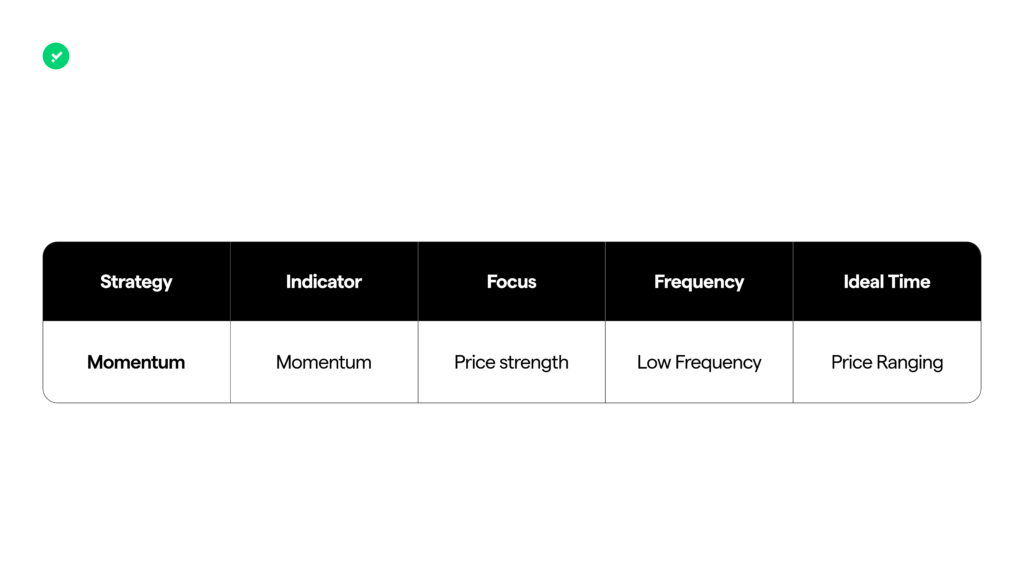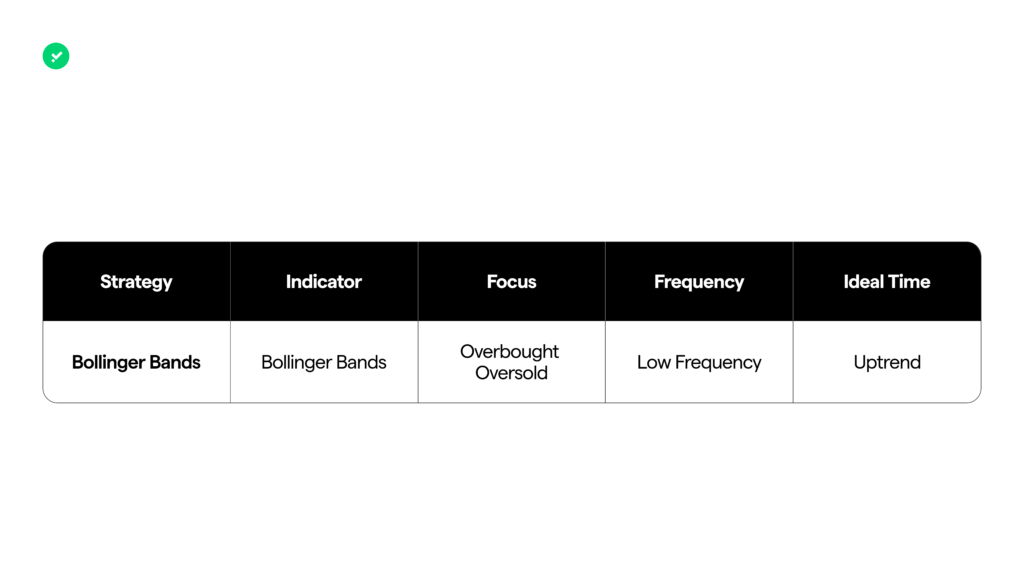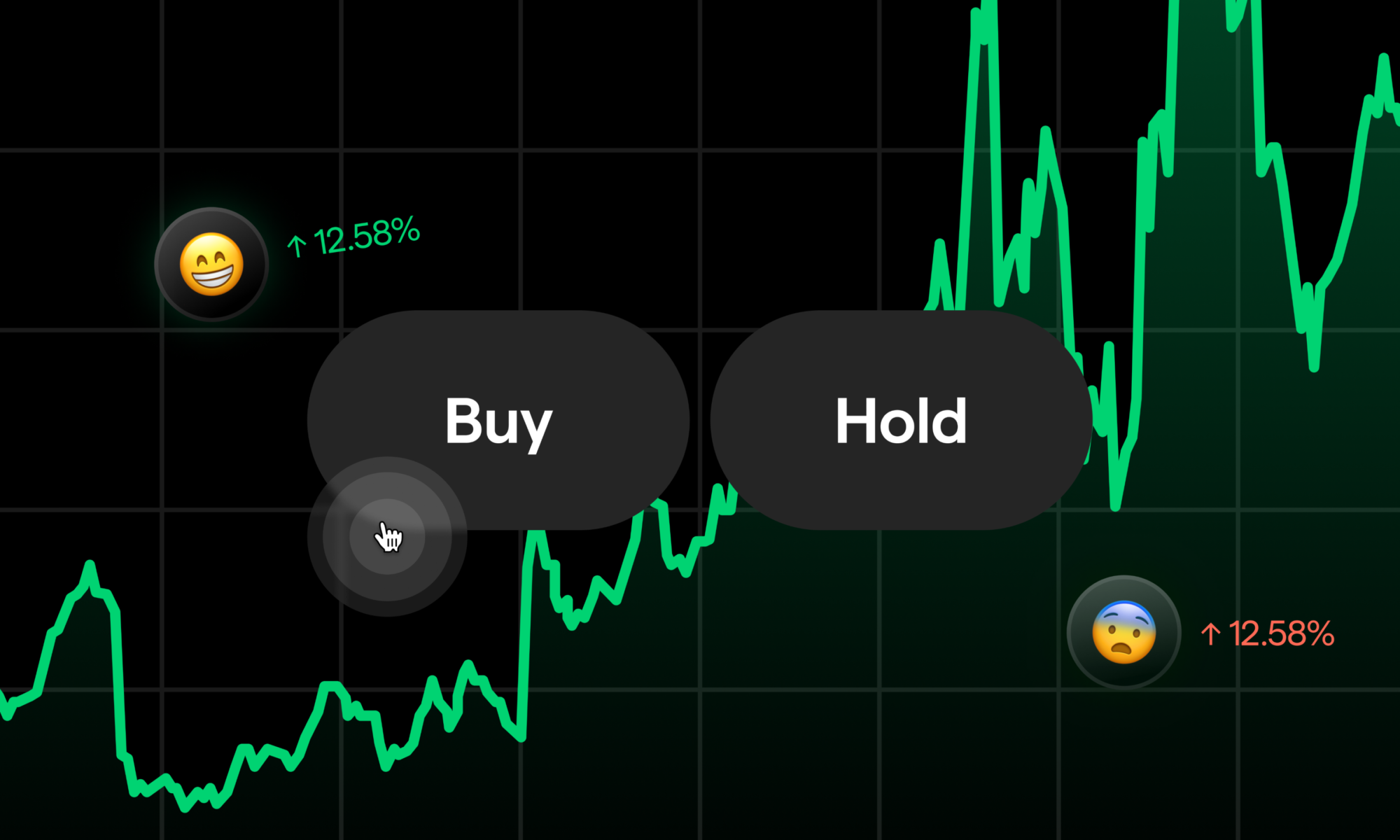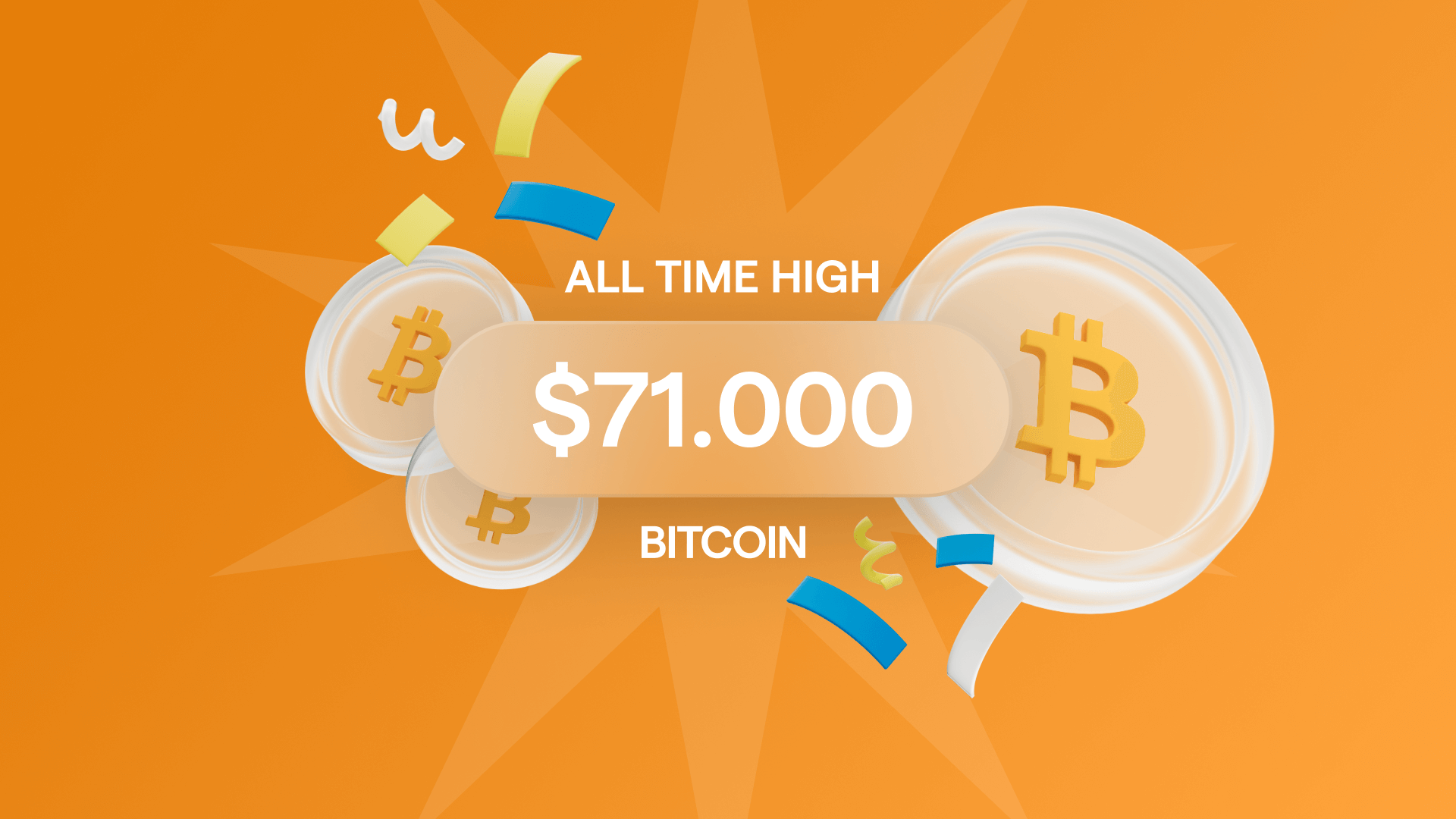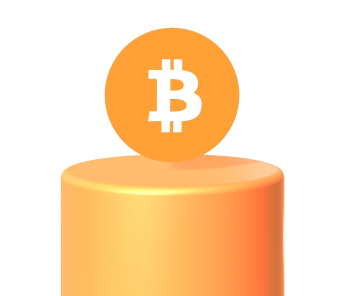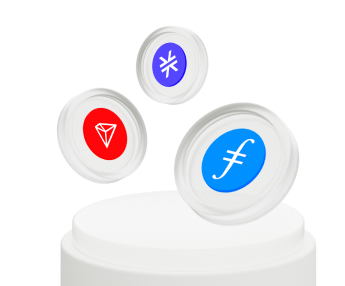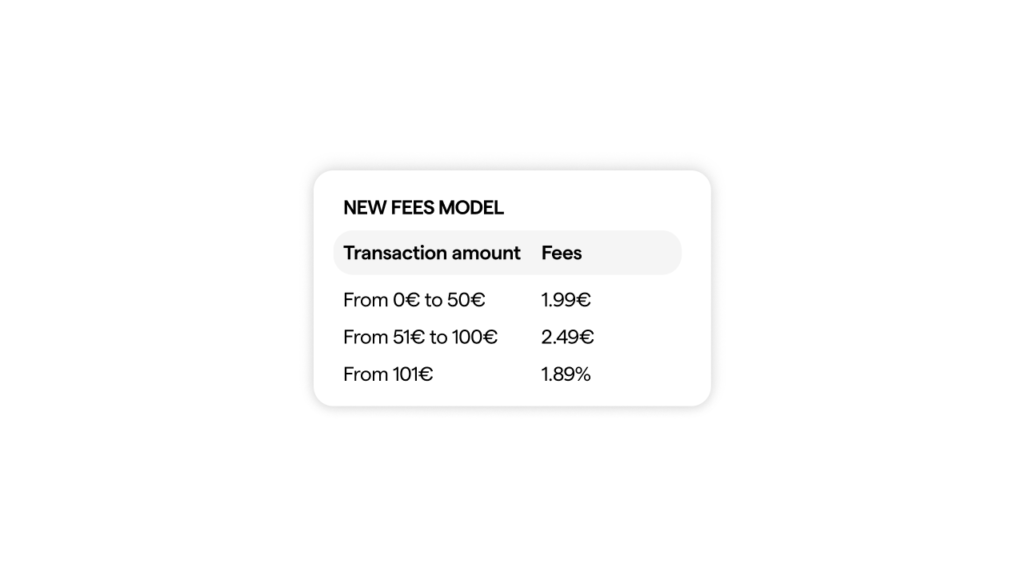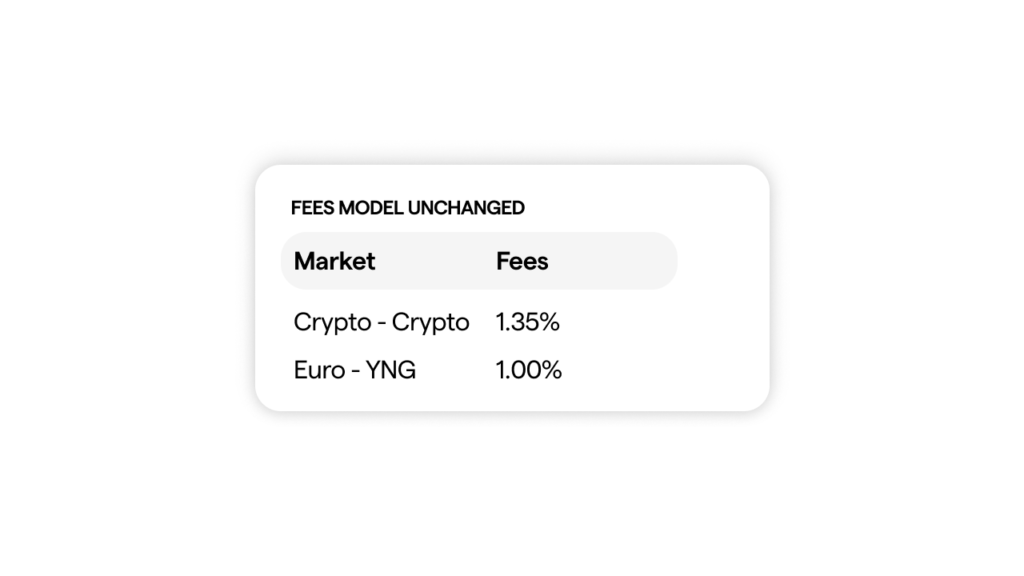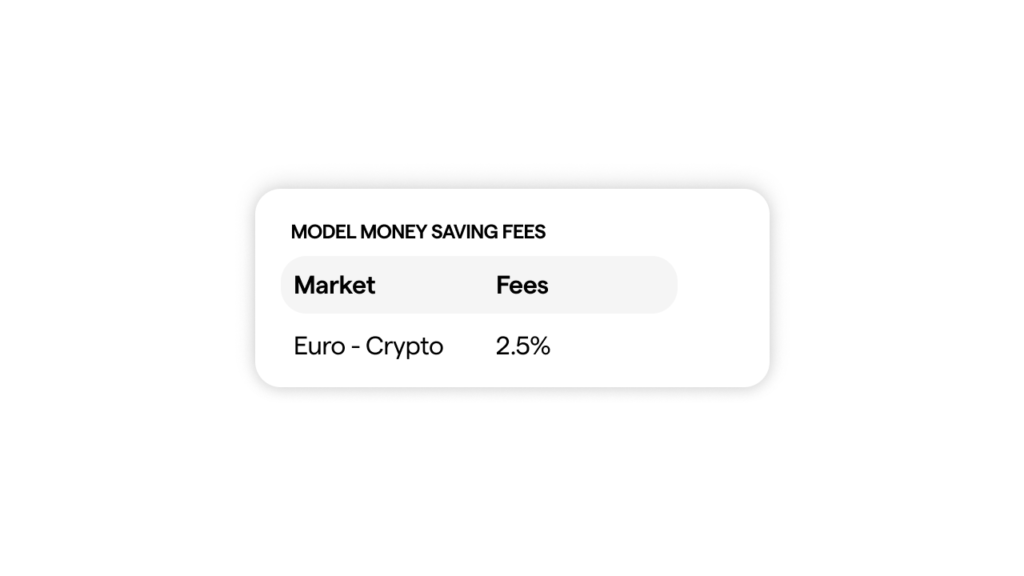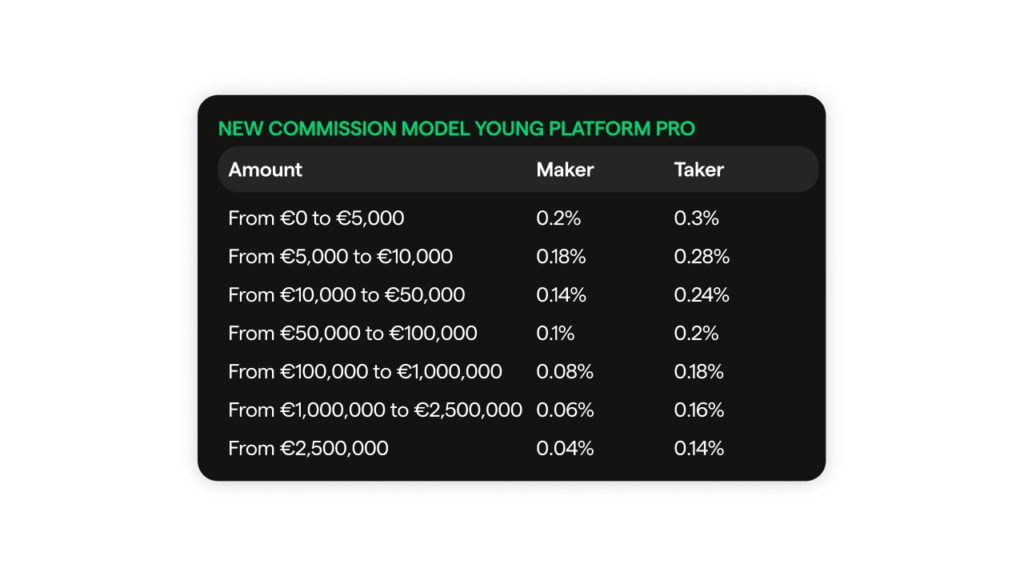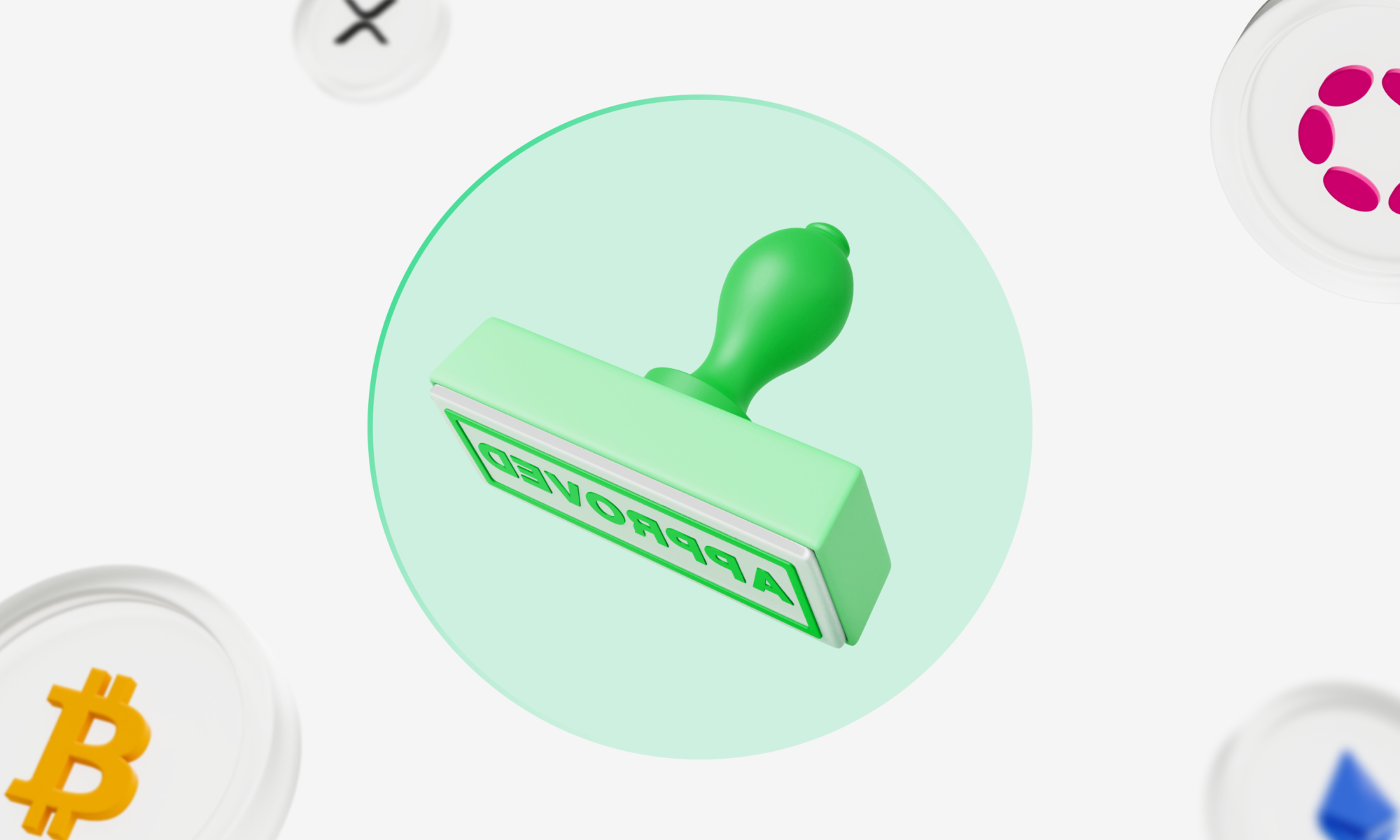The US presidential elections are getting closer and closer. What to pay attention to?
US elections 2024: from the candidates to the exact date of the ballot call to speculation on the results, the world has already begun to wonder about the upcoming US presidential election.
In this simple guide, the event will be reviewed so that you arrive prepared for one of the most eagerly awaited elections in the world, the 60th for the country. Moreover, in a few days, the primaries will begin defining the candidates who will compete for the United States of America president: who will win the 2024 US elections?
When are the next US elections?
Presidential elections in the United States are held every four years on the first Tuesday in November. Therefore, the next US election will occur precisely on 5 November 2024. Voters will go to the polls to elect a new president, officially taking office on 20 January 2025.
These consultations are crucial in American democracy and attract national and international attention as they influence a wide range of global issues. That is why the focus on them is always at the highest level.
Candidates
Before going into the details of the 2024 US elections, a few clarifications are in order. The party system in The Stars and Stripes is dominated by two main political parties: the Democrats and the Republicans. Both play a central role in US politics and exert considerable influence on the political process and elections at all levels of government.
In November 2022 came the first confirmation of participation, with Donald Trump announcing his candidature for a second (non-consecutive) term as head of the Republicans. A few months later, in the spring of 2023, President Biden made it official that he would run for a second term with the Democrats. These two influential names were joined by others, more and less well-known. From the outset, the Dems’ line-up was less dense than that of the Republicans.
In summary, the candidates for the 2024 US elections for the Democrats are as follows:
- Joe Biden
- Robert Francis Kennedy Jr
- Marianne Williamson
- Dean Phillips
The Republican candidates, on the other hand, are:
- Donald Trump
- Ron DeSantis
- Doug Burgum
- Larry Elder
- Nikki Haley
- Tim Scott
- Asa Hutchinson
- Chris Christie
- Mike Pence
- Vivek Ramaswamy
- Perry Johnson
- Ryan Binkley
- Will Hurd
But who, among these, will be chosen to lead each political party? The primaries at the beginning of 2024 will decide this. Primary elections are standard consultations in which voters choose the presidential candidates who will represent their party in the general election.
It is worth mentioning that all candidates in US elections must comply with Article 2 of the Constitution: the person to be proposed must be a citizen from birth, must be at least 35 years old, and must have resided on US soil for at least 14 years.
US primaries 2024: who are the favourites?
The US primary elections are just around the corner, with voting for the Republicans starting on 15 January in Iowa and continuing in the other states in the following weeks and months. As is almost always the case in history, those in opposition (in this case, the Republican ones) are to be followed since it is scarce for the outgoing president, Joe Biden, to lose those on his side. Polls estimate that the current president is ‘the choice’ of almost 70% of Dem voters. However, given his no longer young age, the Democratic Party primaries could also hold surprises.
On the Republican front, the favourite to date is still Donald Trump. According to recent polls on the US Election 2024, the tycoon has 47%, 45.7% and 53% of the support in the three key seats of Iowa, New Hampshire and South Carolina, respectively. In second place is Nikki Haley, the former South Carolina governor, who ‘controls’ 14.3%, 18.7%, and 22% of the electorate, respectively. Ron DeSantis, the current governor of Florida who looked like he could be the former president’s main antagonist, has lost ground in several caucuses (meetings where voters debate and vote for candidates) apart from that of Iowa, where he still has 17.3% of the vote.
US elections 2024 and cryptocurrencies
Those in the crypto sector will also watch the 2024 US elections closely. Indeed, US government policies are perfectly capable of influencing the regulation of virtual currencies. For instance, choices regarding rules, financial regulations or anti-money laundering laws can directly impact how crypto is used and traded in the US.
Some candidates or administrations may be more or less inclined to support technological innovation, including blockchain technology and cryptocurrencies. Therefore, policies aimed at promoting new technologies could have a positive impact on the ecosystem.
The consequences could also be fiscal and thus concern the taxation of cryptocurrencies (here all things to know about Italian regulations). More generally, positive news for the sector could increase asset prices with positive repercussions for the global crypto market. Will the 2024 US election candidates be able to stimulate the industry?
You are on the blog of Young Platform, the Italian platform for buying cryptocurrencies. Here you can find the latest news on blockchain, Bitcoin and more. Follow us and stay updated on the US 2024 elections and much more.
